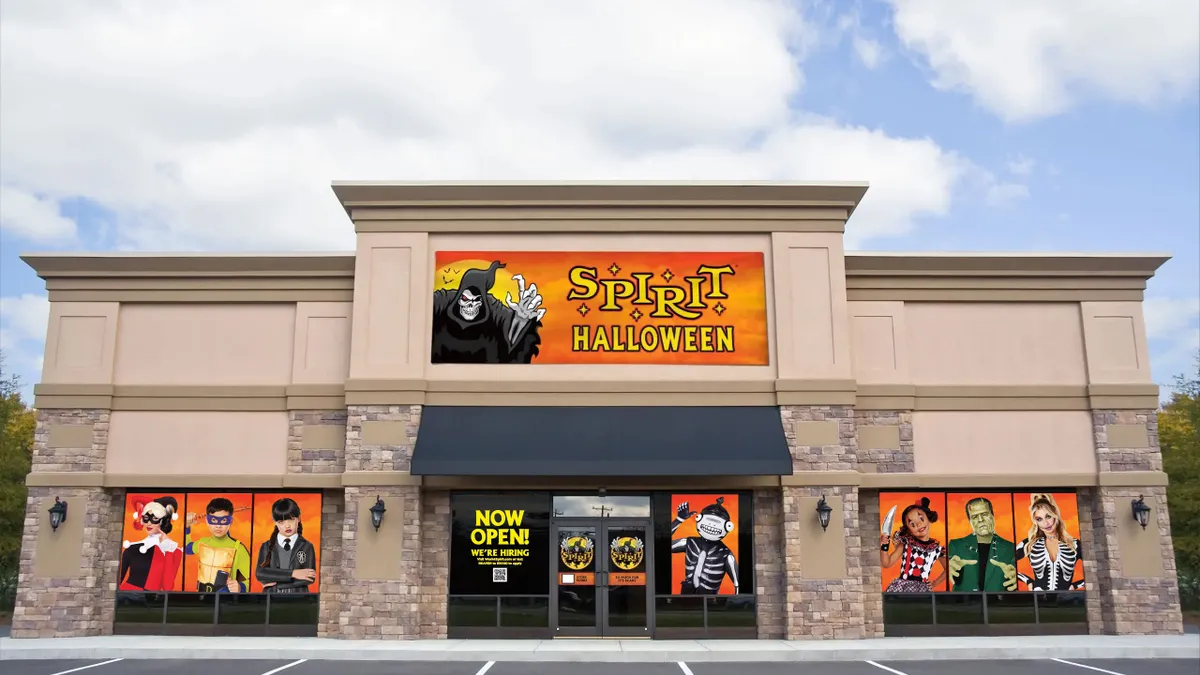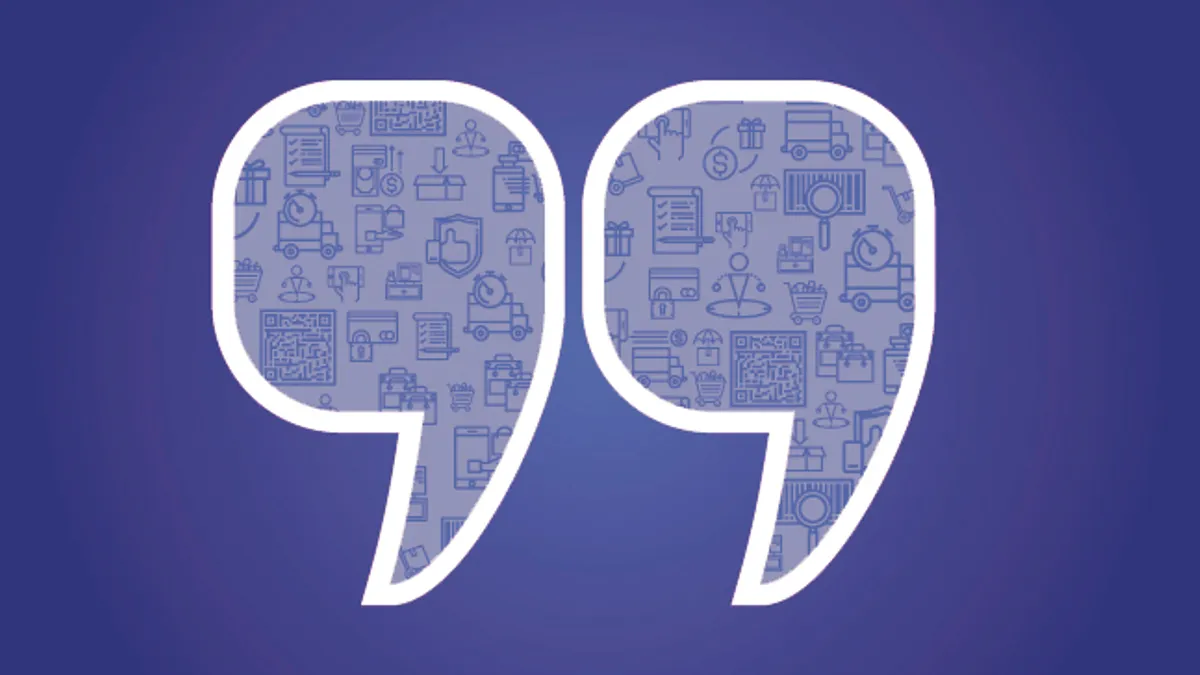Amazon plans to expand its same-day delivery service by growing its specialized fulfillment center footprint.
But the sped-up option could come with added fees, according to a report from the Wall Street Journal. The company's decision to lean into ultrafast delivery comes as Amazon’s record-breaking pandemic-era sales declined. Amazon executives on an earnings call earlier this month said expanding one-day delivery is a priority. They echoed that sentiment in a statement Monday.
“We’re always exploring ways to bring our customers new levels of convenience and delivery options that work best for them," Sam Hockenberry, Amazon's director of same-day sites said in a statement provided to Retail Dive. “Same-Day Delivery is one of the latest innovations that offer Prime members access to hundreds of thousands of items, delivered within hours. We've heard great feedback from customers and also continue to see new customers trialing the service, with more than a million and half customers trying Same-Day Delivery for the first time, every month.”
For Amazon’s retail customers, this means the possibility of choosing from 100,000 SKUs for delivery within hours, according to Marc Wulfraat, president of MWPVL International, a global supply chain and logistics firm. “Amazon’s approach is basically a five-hour service level which is enabled by building a combination mini fulfillment center and delivery station under one roof which they call a sub-same day delivery station of which there are 46 currently active in the USA,” Wulfraat said in comments emailed to Retail Dive.
Amazon’s net sales increased 9% to $514 billion in 2022, up from $469.8 billion year over year. Operating income decreased to $12.2 billion in 2022, compared with $24.9 billion in 2021. Amazon reported a net loss of $2.7 billion in 2022 compared to net income of $33.4 billion in 2021.
CEO Andy Jassy said fast delivery helped drive customer demand in Amazon’s retail business in the fourth quarter and for the year. On the Q4 earnings call, Amazon CFO Brian Olsavsky said the company was working "to get our speed of delivery up to get more one-day shipments" and that that would "be well received by Prime members."
The sub-same day facilities enable Amazon to deliver its top 100,000 SKUs to customers within a 60-minute radius of drive time, Wulfraat said. These facilities are much smaller than a typical Amazon fulfillment center and are designed specifically to prepare products for immediate delivery.
Here’s how Amazon’s approach works, according to Wulfraat: orders are picked within 15 to 30 minutes of receipt. They’re packed and sent down a conveyer to the Amazon Flex driver’s car, and the Flex driver then makes the deliveries over a four-hour block of time.
Amazon has 1,285 active distribution facilities in the U.S. that together represent over 409 million square feet of logistics space, according to MWPVL. Amazon also has an additional 231 facilities planned in the US. If all those facilities open, Amazon will gain 82 million more square feet of fulfillment-related space.
Wulfraat said larger cities like Chicago and Los Angeles will need several sub-same-day facilities. Cities with around 1 million people will likely need only one of these delivery stations. Amazon plans to build or operate 150 SSD facilities over the next several years according to the company’s analysis. “Once done they will have the larger cities covered with a same-day 5-hour service level full stop.”
But Wulfraat notes that this level of service comes at a cost.
“The business model is predicated on extensive use of gig workers who do not have benefits and therefore are a much cheaper labor force than the retailer’s labor resources,” Wulfraat said. “The question is whether or not state governments will legislate against the use of this labor at some time in the future which would truly shift the playing field. California will be most likely the first to make this move.”
Meanwhile, retail rivals Walmart and Target are also enhancing their super-fast delivery options. Target said recently that it plans to spend $100 million on a next-day delivery initiative. Target, however, is developing an in-house sortation center network to deliver packages efficiently in larger metro markets. And Walmart is also using in-house resources for last-mile delivery from stores to consumers, Wulfraat said.
“All of the competitors in this space use an approach whereby a gig worker is a valet shopper that goes into the store, shops the order and makes the delivery – which is a high-priced approach to providing the convenience – but the primary way to enable 2-hour (or less) delivery service level,” Wulfraat said.
In contrast, Wulfraat said it does not appear Amazon intends to offer a two-hour level of service “to the best of my knowledge but the future is a big place so who knows if this is on the planning table as a logistics service offering that could be provided to other retailers.”
Other retailers will likely partner with existing third-party providers like Instacart, DoorDash and Shipt to offer speedy same day delivery service said Wulfraat because “ it is too costly to develop one’s own in-house capabilities unless there is a significant package volume being moved this way so it will be better for most firms to outsource.”
Editor’s note: This story has been updated to include comments from Amazon.






















